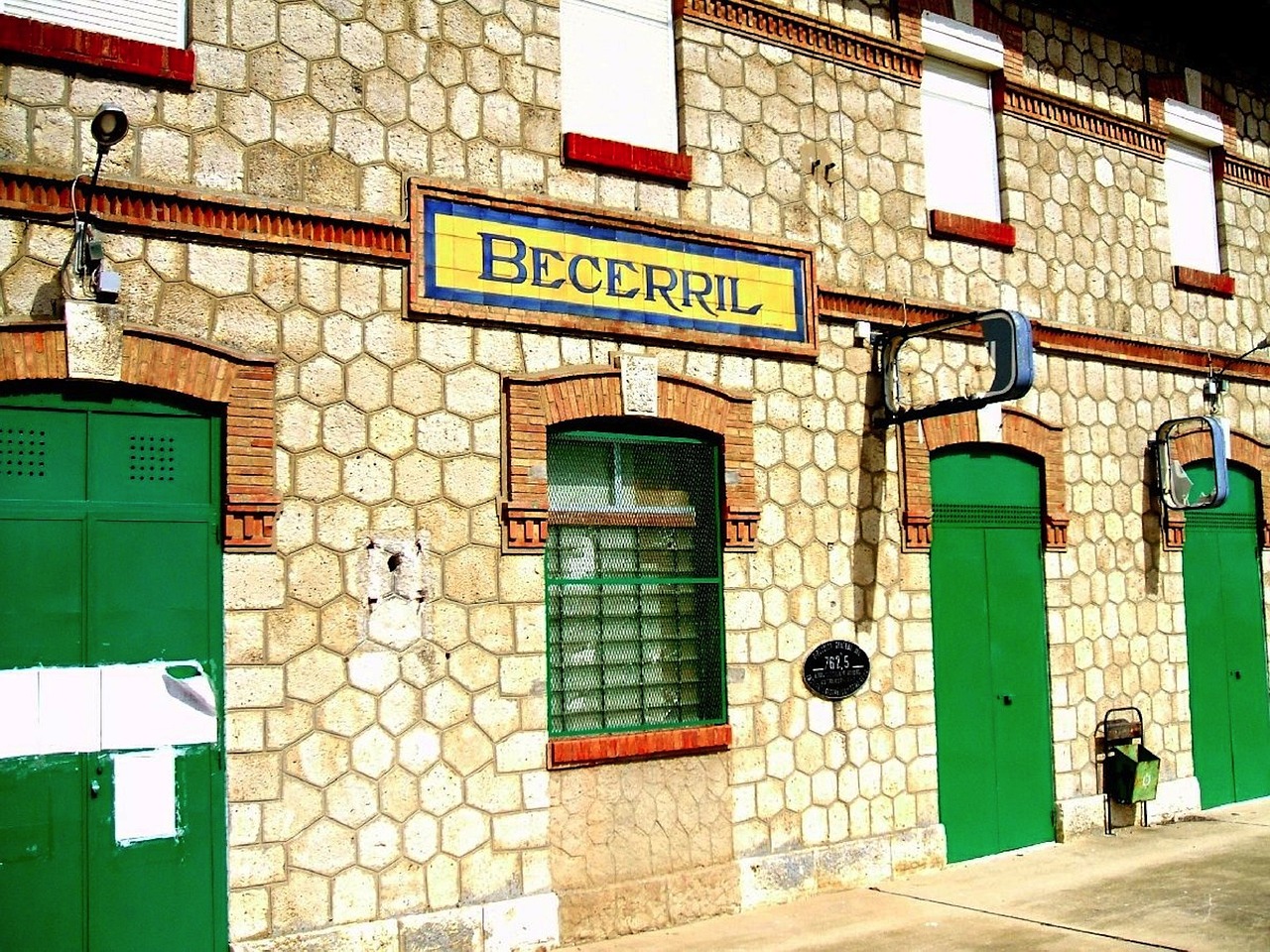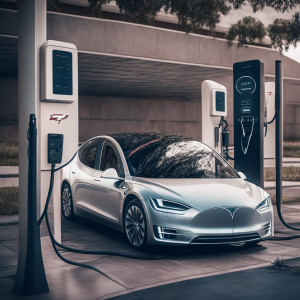Our modern world calls for innovative solutions to create sustainable and intelligent environments, and the integration of sustainable architecture with smart cities is at the forefront of this movement. In this article, we will explore how green building practices can seamlessly merge with advanced technologies to transform urban living. By harnessing renewable energy sources, optimizing resource management, and incorporating smart infrastructure, we can design cities that not only thrive economically but also promote environmental stewardship and social well-being. Our journey will uncover the synergies between eco-friendly architecture and the latest technological advancements, paving the way for smarter, more sustainable urban spaces. Have you ever wondered how sustainable architecture integrates with smart cities? If you have, you are not alone! As we continue to see rapid urbanization and technological advancements, the concepts of sustainability and smart cities become increasingly intertwined. By merging these two paradigms, we can create urban environments that are not only efficient and technologically advanced but also environmentally friendly and socially inclusive.

Understanding Sustainable Architecture
What is Sustainable Architecture?
Sustainable architecture, at its core, is the design of buildings that respect the environment, utilize resources wisely, and aim to reduce the negative impact on the natural surroundings. This approach seeks to incorporate elements like energy efficiency, water conservation, and the use of sustainable materials. When we design buildings with sustainability in mind, we are contributing to a healthier planet and creating spaces that are conducive to well-being.
Principles of Sustainable Architecture
Several principles underpin sustainable architecture, guiding the designs to be both functional and environmentally-friendly:
- Energy Efficiency: Utilization of renewable energy sources like solar and wind power.
- Water Conservation: Efficient water-use strategies such as rainwater harvesting.
- Material Selection: Use of sustainable, recycled, and low-energy materials.
- Indoor Environmental Quality: Ensuring good air quality and natural light.
- Waste Reduction: Minimizing construction waste and promoting recycling.
Examples of Sustainable Architecture
We see many examples around the world that showcase sustainable architecture. For instance, the Bullitt Center in Seattle incorporates extensive solar panels, rainwater harvesting, and composting toilets, making it one of the greenest commercial buildings globally. Similarly, the Bosco Verticale in Milan integrates vertical forests, significantly improving air quality and biodiversity in urban areas.
Introduction to Smart Cities
What are Smart Cities?
Smart cities utilize technology and data to enhance the quality of life for their residents, improve the efficiency of city operations, and promote sustainable urban development. By leveraging the Internet of Things (IoT), artificial intelligence (AI), and other technologies, smart cities can effectively manage resources, reduce waste, and create more responsive governance structures.
Characteristics of Smart Cities
Several characteristics define a smart city:
- Efficiency: Optimized resource use via IoT and real-time data.
- Connectivity: High-speed internet and seamless integration of digital services.
- Sustainability: Eco-friendly infrastructure and policies.
- Resilience: High adaptability to environmental, social, and economic changes.
- Governance: Transparent, participative decision-making processes.
Current Examples of Smart Cities
Cities like Singapore, Barcelona, and Copenhagen are prime examples of how smart technology can drive urban transformation. Singapore, for instance, employs an extensive network of sensors and smart energy systems to enhance urban living, while Barcelona utilizes IoT to optimize city services such as waste management and traffic control.
The Synergy Between Sustainable Architecture and Smart Cities
Integrating Building Design with Smart Technology
By integrating sustainable architecture with smart city principles, we can create buildings that are not only eco-friendly but also technologically advanced. Smart buildings use automated systems to manage energy, water, and other resources efficiently. These systems often include:
- Smart Thermostats: Automated control of heating and cooling to maximize energy efficiency.
- Smart Lighting: Adaptive lighting systems that adjust to natural light levels.
- Water Management Systems: Sensor-based water usage monitoring and leak detection.
Benefits of This Integration
There are numerous benefits to integrating sustainable architecture with smart city principles:
- Energy Savings: Reduced energy consumption through smart grids and renewable energy sources.
- Enhanced Comfort: Improved living conditions with advanced environmental controls.
- Environmental Impact: Lower carbon footprints due to efficient resource use.
- Cost-Efficiency: Long-term savings from reduced utility bills and maintenance costs.
Challenges and Solutions
While the integration brings many benefits, it also presents challenges. We need to navigate issues like technological compatibility, affordability, and data security. Solutions include establishing common standards for smart technology, investing in affordable smart systems, and implementing stringent data protection measures.
Here is a table summarizing benefits and challenges:
| Benefits | Challenges |
|---|---|
| Energy Savings | Technological Compatibility |
| Enhanced Comfort | Affordability |
| Reduced Environmental Impact | Data Security |
| Cost-Efficiency | Maintenance |
Key Elements of Sustainable Smart Cities
Smart Energy Management
Smart energy systems are essential in sustainable smart cities. These systems enable the integration of renewable energy sources and the efficient use of energy through smart grids. By analyzing real-time data, smart grids can optimize electricity distribution and reduce energy waste.
Sustainable Transportation
An efficient transportation system is crucial for any smart city. Sustainable transportation solutions such as electric vehicles (EVs), shared mobility services, and smart traffic management systems can significantly reduce urban pollution and traffic congestion.
Water and Waste Management
Smart water management techniques ensure efficient water use and reduce wastage. Automated leak detection, smart irrigation systems, and water recycling are just a few examples. Similarly, smart waste management systems can track waste production and optimize collection routes, leading to reduced emissions and cost savings.
Green Infrastructure
Incorporating green space and infrastructure within urban planning promotes biodiversity and provides recreational areas for residents. Concepts such as vertical gardens, green roofs, and urban parks are not only aesthetic but also support environmental health.
Here’s a table that outlines these key elements:
| Key Element | Smart Technologies |
|---|---|
| Smart Energy Management | Smart grids, renewable energy integration, smart meters |
| Sustainable Transportation | Electric vehicles, shared mobility, smart traffic systems |
| Water and Waste Management | Automated leak detection, smart irrigation, waste tracking |
| Green Infrastructure | Vertical gardens, green roofs, urban parks |

Case Studies: Successful Integrations
Songdo, South Korea
Songdo International Business District is one of the most advanced examples of a smart city integrating sustainable architecture. The city boasts a seamless integration of smart technology with sustainable practices. Buildings in Songdo feature green roofs, energy-efficient systems, and extensive use of recycled materials. Moreover, the city’s infrastructure is designed to optimize waste management and water conservation, making it a model for urban sustainability.
Masdar City, UAE
Masdar City in the United Arab Emirates is another exemplary case of how sustainable architecture can integrate with smart cities. The city is designed to be car-free and prioritizes pedestrian-friendly environments. It harnesses solar energy for power and incorporates energy-efficient building designs, including thick-walled structures that minimize air conditioning needs. Masdar City also employs smart water management systems, ensuring minimal water waste in an arid environment.
Amsterdam Smart City, Netherlands
Amsterdam has positioned itself as a leader in smart city initiatives, particularly through projects that emphasize sustainability. The city promotes the use of electric vehicles and sustainable transportation alternatives like cycling. Buildings in Amsterdam increasingly incorporate smart technology to monitor and optimize energy use. The city also leverages IoT for efficient waste management and environmental monitoring.
Future Directions and Innovations
Integration of AI and Machine Learning
Artificial intelligence (AI) and machine learning (ML) have significant potential to enhance the integration of sustainable architecture with smart cities. AI can predict energy demand and optimize resource allocation more precisely. For example, machine learning algorithms can analyze weather patterns to adjust heating and cooling systems automatically.
Renewable Energy and Energy Storage
The future of smart cities heavily relies on the broader adoption of renewable energy sources like solar, wind, and hydro power. Equally important is the advancement in energy storage technologies, which can resolve issues related to the intermittency of renewable energies. The development of efficient batteries and grid storage solutions will be crucial.
Advances in Building Materials
Innovations in building materials are set to revolutionize sustainable architecture. Materials such as self-healing concrete, phase-change materials for better insulation, and bio-based composites are already making waves. These materials not only enhance the sustainability of buildings but also contribute to the longevity and durability of urban infrastructure.
Data Analytics and Real-Time Monitoring
The use of data analytics and real-time monitoring systems is becoming more prevalent in smart cities. By analyzing data from various sources, cities can make informed decisions that improve efficiency and sustainability. For instance, real-time traffic data can help manage congestion, while environmental sensors can monitor air and water quality continuously.
Citizen Engagement
The role of citizens in shaping sustainable smart cities cannot be overstated. Encouraging public participation through digital platforms and open data initiatives empowers residents to contribute to urban planning and sustainability efforts. Citizen engagement ensures that the solutions implemented are inclusive and cater to the needs of the community.

Conclusion
As we continue to move towards more sustainable and technologically advanced urban environments, the integration of sustainable architecture with smart city principles becomes critical. This integration not only addresses environmental concerns but also improves the quality of life in our cities. By leveraging innovative technologies, sustainable practices, and community involvement, we can create urban spaces that are efficient, resilient, and sustainable.
We hope this detailed exploration has given you a comprehensive understanding of how these two crucial concepts come together to shape the future of our urban landscapes. Whether you are an architect, city planner, or simply an interested citizen, understanding the synergy between sustainable architecture and smart cities is essential for driving positive change in our communities.
Thank you for taking the time to delve into this fascinating and essential topic with us. Let’s continue to strive for smarter, greener cities in our journey towards a more sustainable future!



